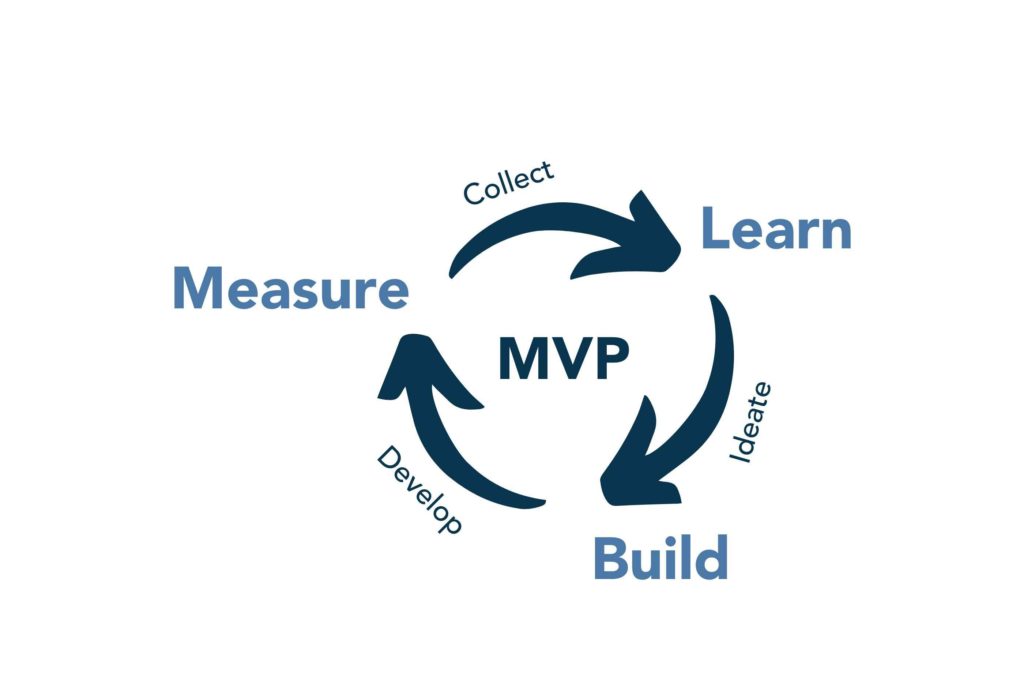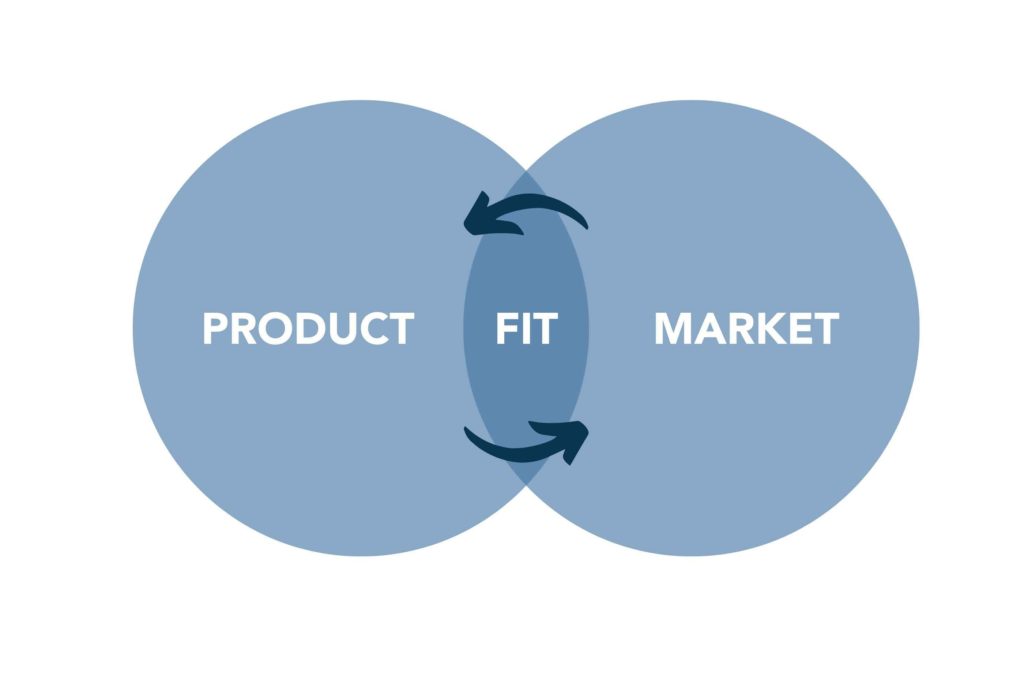If you’re launching a new product or feature, you already know there are plenty of risks to consider. From internal resources and challenges to identifying the right target customer and iterating your product with their needs in mind, product development can be an extremely daunting process. However, it doesn’t have to be as risky as it seems.
By following an experienced-based approach to launching a new product or feature, you can significantly increase the likelihood of success. In this post, we’ll be exploring the various ways, from prototyping to releasing MVPs, that could improve your next product’s or feature’s success rate.
1. MVP: What’s Behind Those Letters?

An MVP, or minimum valuable product, is a hot concept for product development that has become increasingly popular among startups and established companies alike.
It consists in identifying and releasing the essential key features of your product, allowing you to test them with real target customers, and then to iterate your product based on those user feedbacks. It’s ideal to test your idea, or ‘product hypothesis’, with minimal investment and very few resources. For instance, in AirBNB’s case, their MVP was a very basic website with 3x airbeds and breakfast, allowing them to rapidly deploy and test their idea.
In summary, the ultimate goal of an MVP is to reduce risk as a whole, whether it is financial, technical, or reputational. Launching a minimum viable product to be used by a test audience will allow you to re-evaluate some features if necessary, before investing time and money into developing an entire set of features or functions, therefore ahead of the final iteration.
2. Discover Your Audience’s Unmet Needs
In order to launch a successful MVP, you first need to identify your user personas. Those are fictional characters created to represent what type of user of your product could actually look like.
Let’s say you’re developing an augmented reality app that allows users to add digital content to real-world photos. Before you start building an app, you need to understand who will use it and why, what are their pains and motivations.
One way to do so is to interview your potential customer personas and ask them about their pain points:
- How are they currently solving these problems? Or is there a solution to these problems that you want to solve? Such questions will allow to enlighten what the actual problem is, in the persona’s own view, or potentially detect another problem related to the first one;
- What other solutions are out there that they’re not using? Do some alternatives exist? Asking those questions will also help the eventual marketing of your product, by detecting why it should be the best alternative.
In fine, when you identify the unmet needs of your user personas, you can then pick a set of features or functions for your MVP to offer them a minimal yet valuable solution.
3. Prototypes to Safeguard Your MVP
A prototype is an earlier version of your product meant for testing, not for final users. However, the purpose of creating a prototype is to validate assumptions made for your product. A well-scoped prototype helps you achieve this objective by creating a clear picture of what needs to be tested and why. There are various types of prototypes that you can create, each serving a specific purpose.
Digital Prototypes
One type of prototype is a digital prototype. It is a software-based prototype that can be quickly and easily iterated, refined, and tested. Digital prototypes are ideal to test software or application features, as well as user interfaces.
Wireframe Prototypes
Another type of prototype is a wireframe prototype. Wireframes are simple, low-fidelity sketches or diagrams that outline the basic structure and flow of your product. They are useful to test product navigation and user flow, or detect links with APIs that would not work properly.
Physical Prototypes
Then there are physical prototypes, such as 3D printed models, that are ideal in order to test the physical aspects of your product, such as size, shape, and ergonomics. They allow you to see and touch the product and get a feel for how it will function once it’s out there in the real world, or in Georgetown University’s well-chosen words, to make the abstract concrete.
Regardless of the type of prototype you create, the objective is to help you validate assumptions and create a clear picture of what needs to be tested and why. When done correctly, prototypes can speed up the MVP release planning and execution, making the product development process more efficient and effective.
4. From Prototype to MVP
Taking a product from prototype to minimum viable product (MVP) is a critical step in the product development process. As mentioned earlier, the prototype stage is a great way to validate assumptions ensuring that – at least – your idea has the best possible chance of success.
Once the prototype has been tested and refined, the next step is to build the set of features for your MVP. This involves scoping in the minimal set of validated features that brings just enough value to the customer to encourage its usage.
It’s important to be mindful of scope and risk when building the MVP: Adding too many features can increase the risk and cost of the product, while leaving out important features can lead to a product that customers don’t want. The goal is to find the right balance that will ensure the product has the best chance of finding product-market fit. With the right balance, you can create a product that customers will use and that will help your business grow!
5. What’s Next?

With an MVP out there, you can test your product-market fit by identifying whether or not your product is actually solving the problems that you’ve identified. You can do this through user interviews and surveys to identify what needs are met, missed or partially answered.
If your product is failing or only partially meeting the needs of its users, that’s valuable information. It means you need to go back to your drawing board or Lean Canvas and redesign your product to meet those needs. It’s not enough to just design an MVP that meets the needs of a few people: You need to design a product that meets the needs of the majority of your target market, but that is a whole topic for another time.
Do you need help in crafting your own MVP and match your client’s needs? Wemanity’s accompanies you all throughout the process and commits in creating measurable business and user impact.
In Summary
An MVP, or minimum valuable product, consists in identifying and releasing the essential key features of your product, allowing you to test them with real target customers, and then to iterate your product based on those user feedbacks. It’s ideal to test your idea, or ‘product hypothesis’, with minimal investment and very few resources.
A prototype is an earlier version of your product meant for testing, not for final users. However, the purpose of creating a prototype is to validate assumptions made for your product. Once the prototype has been tested and refined, the next step is to build the set of features for your MVP. This involves scoping in the minimal set of validated features that brings just enough value to the customer to encourage its usage. A prototype can therefore be understood as an earlier test-version of your eventual MVP.
You first have to discover your audience’s unmet needs. To do so, the use of User Personas will allow you to create fictional characters to represent what a type of user of your product could actually look like. Once you scoped your audience, you’ll be able to craft a prototype. Depending on the final product you’re creating, a prototype can be a digital prototype, a wireframe prototype, or a physical prototype. It’s then time to launch an MVP after the test of your prototype. With an MVP out there, you can test your product-market fit by identifying whether or not your product is actually solving the problems that you’ve identified. If your product is failing or partially matching the needs of your users, it means you’ll have to update design and/or functionalities, in order to launch a new iteration of the product.












